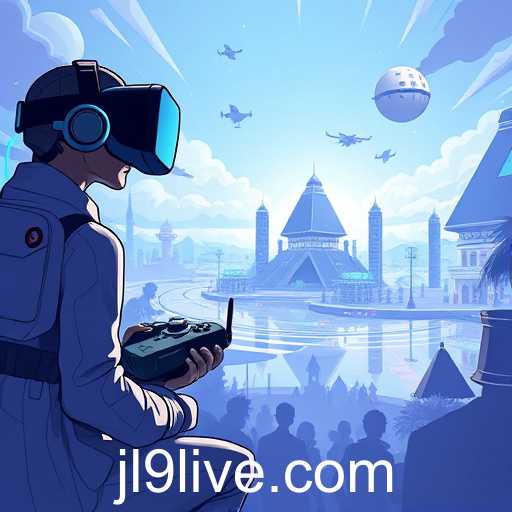In recent years, online gaming communities have surged to the forefront of digital culture, with platforms like JL9 playing a pivotal role in shaping the way enthusiasts engage with games and each other. As the gaming industry continues to expand, understanding the dynamics of these communities becomes increasingly crucial for stakeholders and participants alike.
The rise of such platforms is not just about gaming; it's about fostering a sense of belonging and identity among its users. JL9, for instance, is more than just a hub for avid gamers; it's a vibrant ecosystem where individuals interact, share experiences, and form meaningful connections through their shared passion. This phenomenon mirrors broader societal shifts towards virtual interactions, especially in a post-pandemic world where digital spaces have become central to socialization.
Moreover, platforms like JL9 have significantly influenced the development of esports, transforming casual gaming into competitive sports with global audiences. This evolution has opened up lucrative opportunities for gamers, streamers, and content creators, leading to the rise of professional gamer celebrities who attract millions of followers. With esports tournaments now being broadcast and streamed to millions worldwide, the potential for growth in this sector seems limitless.
However, the boom in online gaming communities also brings challenges that need attention. Issues such as digital toxicity, cyberbullying, and the mental health impacts of extensive screen time are pressing concerns that communities and platform developers need to address. Ensuring safe and inclusive environments in gaming spaces is paramount to safeguarding the well-being of participants and maintaining the positive communal spirit that platforms like JL9 aim to inspire.
In the current landscape, it's clear that online gaming platforms are more than mere entertainment outlets; they are social networks that redefine connectivity and community in the digital age. As we move forward, the role of platforms like JL9 will continue to evolve, offering insights into how digital culture shapes and is shaped by our collective engagement with technology.








